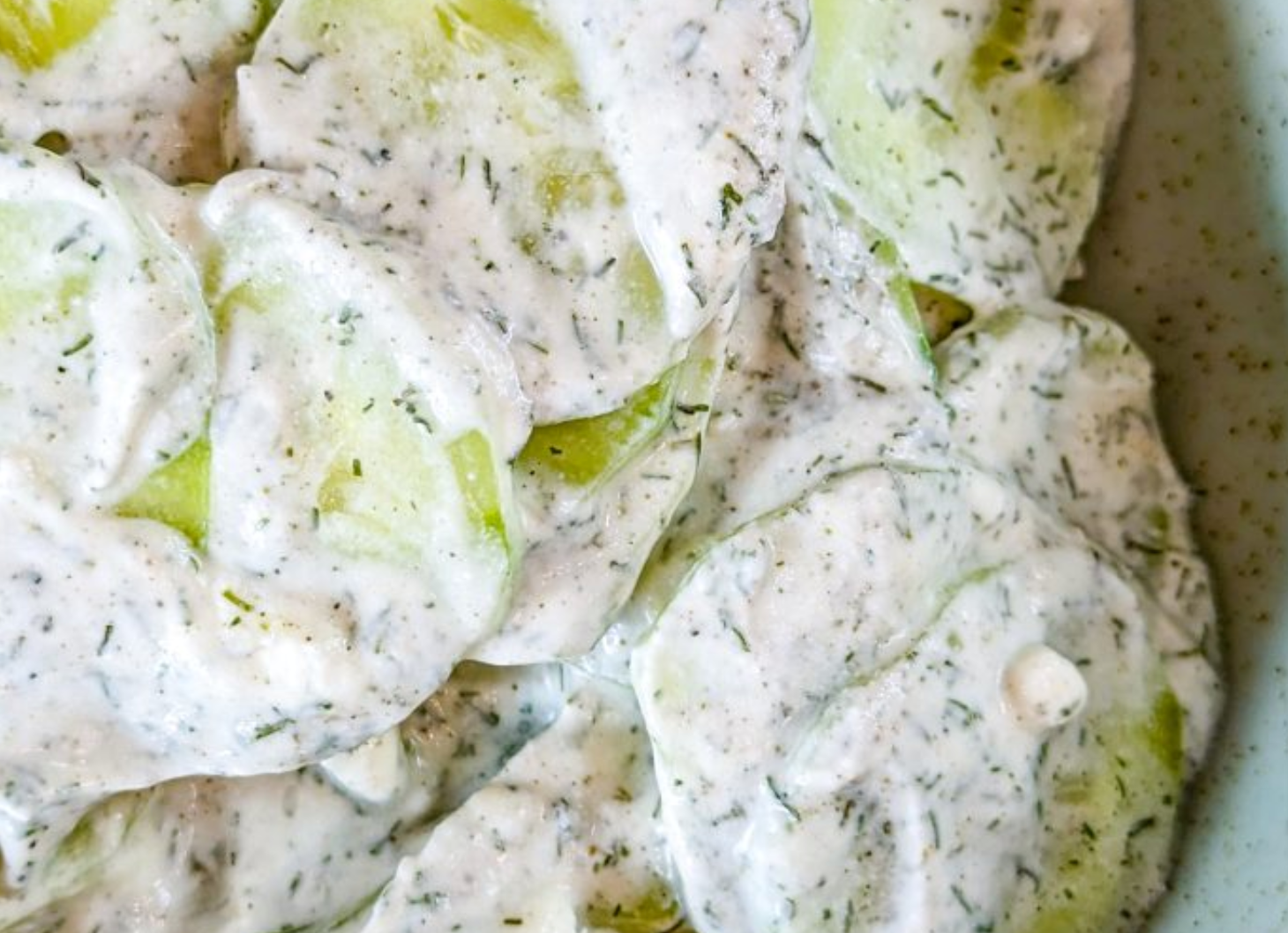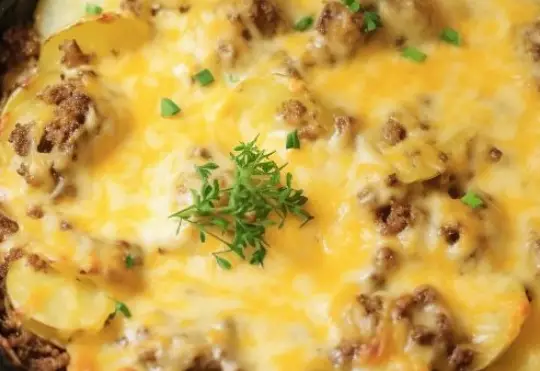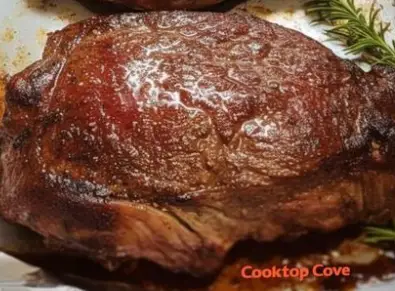Germany, known for its rich cultural heritage and diverse landscapes, boasts a cuisine that reflects its history, geography, and seasonal availability of ingredients. From hearty sausages and robust beers to delicate pastries and savory stews, German cuisine offers a wide array of flavors that have evolved over centuries. In this exploration, we delve into the essence of German gastronomy, highlighting key dishes, ingredients, and cultural influences that shape its culinary identity.
Historical Roots and Influences
German cuisine is deeply rooted in its agricultural traditions, influenced by various civilizations that have shaped its history. The culinary heritage of modern-day Germany can be traced back to ancient times when tribes like the Celts and Germanic tribes cultivated grains, raised livestock, and utilized local herbs and spices in their cooking. Over the centuries, German cuisine has been influenced by neighboring regions, including France, Austria, Poland, and the Czech Republic, resulting in a diverse culinary tapestry.
Key Ingredients in German Cuisine
1. Meats:
- Pork: Considered the most popular meat in Germany, pork is used in various forms, from sausages (Wurst) like Bratwurst and Weisswurst to pork chops and roasts.
- Beef and Game: Beef dishes such as Rinderbraten (pot roast) and venison dishes are also prominent, especially in regions with hunting traditions.
- Poultry: Chicken and duck are commonly used, often prepared roasted or in stews.
2. Potatoes:
- Potatoes hold a central place in German cuisine, introduced in the 17th century and quickly adopted due to their adaptability to various soils and climates. Popular potato dishes include Kartoffelsalat (potato salad), Kartoffelsuppe (potato soup), and Kartoffelpuffer (potato pancakes).
3. Grains:
- Wheat and Rye: Bread is a staple in German cuisine, with varieties like Roggenbrot (rye bread), Vollkornbrot (whole grain bread), and Brezeln (pretzels) being widely enjoyed.
- Spätzle: These egg noodles are a favorite side dish in southern Germany, typically served with meats and gravies.
4. Dairy:
- Cheese: Germany produces a wide range of cheeses, including soft varieties like Camembert and Brie, as well as harder cheeses like Emmental and Allgäuer Bergkäse.
- Butter and Cream: Used in many traditional recipes to add richness and flavor, such as in sauces and desserts.
5. Vegetables:
- Cabbage: Varieties like Sauerkraut (fermented cabbage) and Rotkohl (red cabbage) are popular side dishes.
- Root Vegetables: Carrots, turnips, and beets are used in soups, stews, and as accompaniments to main dishes.
Popular German Dishes
1. Sausages (Wurst):
- Bratwurst: A grilled pork sausage often flavored with spices like nutmeg and ginger, served with mustard and sauerkraut.
- Weisswurst: A white sausage made from veal and pork, seasoned with parsley, lemon, mace, and cardamom, traditionally eaten for breakfast in Bavaria.
2. Sauerbraten:
- A pot roast marinated in vinegar or wine, flavored with onions, cloves, and bay leaves, then slowly cooked until tender. Served with gravy, red cabbage, and potato dumplings (Kartoffelknödel).
3. Wiener Schnitzel:
- A breaded and fried veal or pork cutlet, typically served with lemon wedges, potato salad, or fries. It originated in Austria but is widely enjoyed in Germany.
4. Kartoffelsuppe:
- A hearty potato soup made with potatoes, onions, leeks, carrots, and often garnished with bacon and parsley. Served hot with crusty bread.
5. Black Forest Cake (Schwarzwälder Kirschtorte):
- A layered chocolate cake with whipped cream and cherries, flavored with Kirsch (cherry schnapps), and topped with chocolate shavings. A decadent dessert named after the Black Forest region.
Culinary Traditions and Festivals
1. Oktoberfest:
- Held annually in Munich, Oktoberfest is the world’s largest beer festival, celebrating Bavarian culture with traditional foods like pretzels, sausages, and roast chicken, alongside a variety of beers brewed according to the Reinheitsgebot (Beer Purity Law).
2. Christmas Markets:
- During Advent, Christmas markets (Weihnachtsmärkte) spring up across Germany, offering seasonal treats like Glühwein (mulled wine), Lebkuchen (gingerbread cookies), Stollen (fruitcake), and Wursts served with sauerkraut.
3. Easter Traditions:
- Easter in Germany is marked by culinary traditions like baking Easter breads (Osterbrot), painting eggs, and preparing dishes like Osterlamm (Easter lamb-shaped cakes) and Osterbraten (Easter roast).
Modern Innovations and Global Influences
1. Health Consciousness:
- Modern German cuisine has adapted to global trends, with an emphasis on lighter, healthier options. There is an increasing focus on organic produce, vegetarian, and vegan dishes.
2. International Fusion:
- Chefs in Germany are blending traditional recipes with global flavors, creating innovative dishes that combine local ingredients with techniques and spices from around the world.
Regional Diversity
Germany’s culinary landscape is diverse, with each region boasting its specialties and local ingredients:
1. Bavaria:
- Known for hearty dishes like Weißwurst (white sausage) and Haxn (roasted pork knuckle), often served with pretzels and sweet mustard.
2. Baden-Württemberg:
- Famous for Swabian cuisine, featuring dishes like Maultaschen (meat-filled dumplings) and Spätzle (egg noodles).
3. North Rhine-Westphalia:
- Home to Kölsch beer and Kölsche Küche, featuring dishes like Himmel un Ääd (black pudding with mashed potatoes and apple sauce).
German cuisine is a vibrant tapestry woven from centuries of tradition, influenced by regional diversity, historical context, and global interactions. From the hearty flavors of sausages and stews to the delicate sweetness of pastries and desserts, German food offers something for every palate and occasion. By embracing its culinary heritage while evolving with modern tastes, German cuisine continues to captivate and inspire food enthusiasts around the world.
Explore the flavors of Germany through its iconic dishes, savor the richness of its ingredients, and celebrate the cultural significance of its culinary traditions. Whether enjoying a classic Bratwurst at Oktoberfest or baking a homemade Black Forest Cake, German cuisine invites you on a gastronomic journey filled with history, flavor, and warmth.






